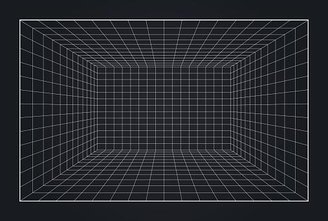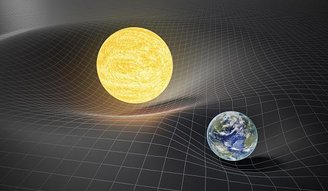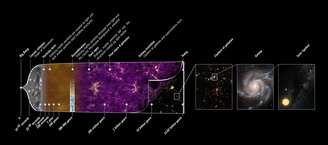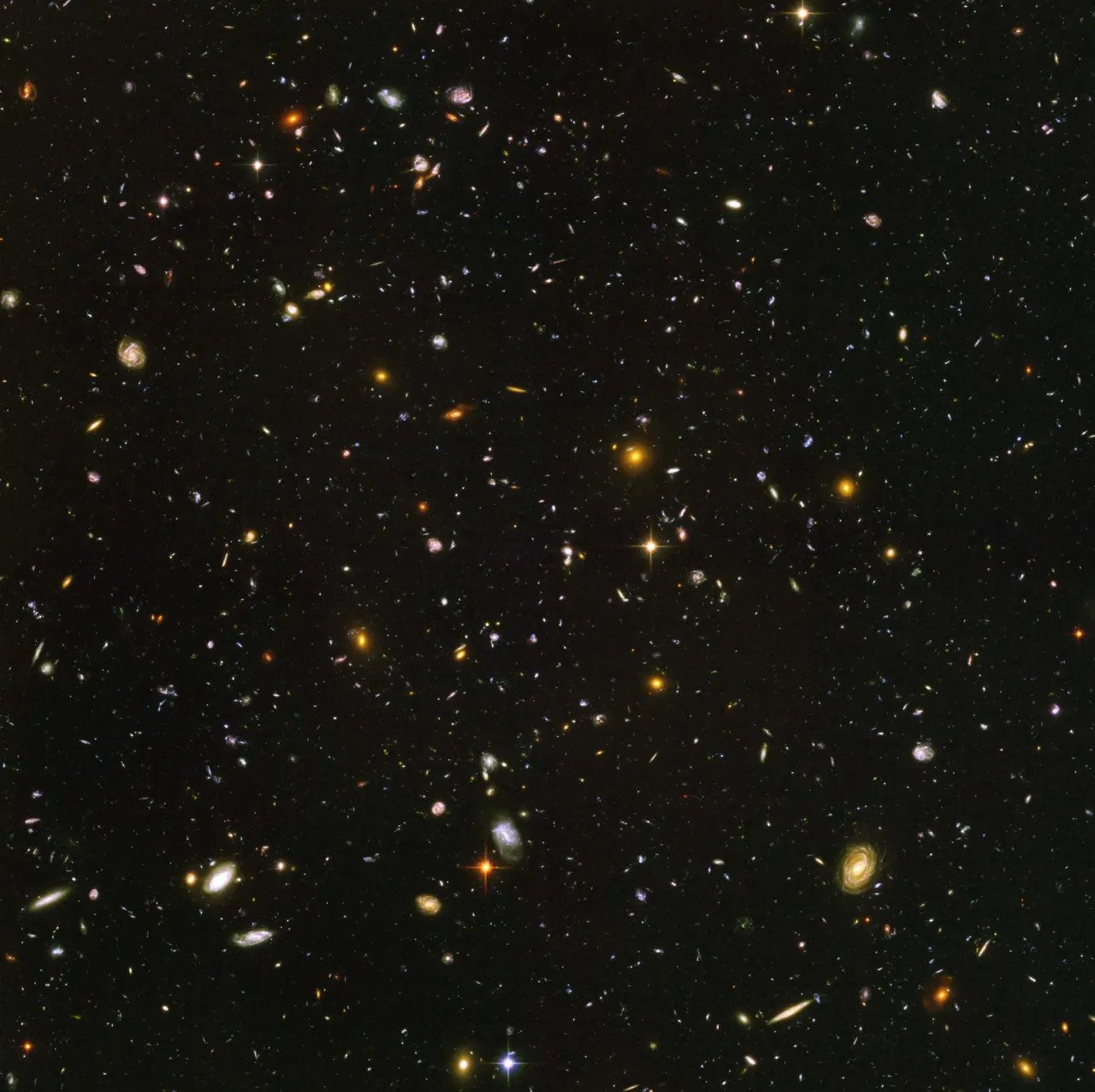As far as we know, The speed of light is the fastest thing in existence and can be determined experimentally as a constant value in the universe.: No matter where, when and in which direction light moves in space, it always moves at a speed of 299,792,458 meters per second, or approximately 300,000 kilometers per second.
Traveling freely through space for a year (a magnitude that describes a distance of 1 light-year), it would travel approximately 9 trillion kilometers, or about 2/3 of the estimated total diameter of the Solar System. Since the universe emerged about 13.8 billion years ago, the most distant objects we can see in space are 13.8 billion light-years away, right?
Wrong. Not only is this true, but the farthest point we can see is three times farther: approximately 46.1 billion light-years. How can it be seen up to here? To answer this question, we need to turn to physics!
Let’s start by dreaming A Universe where the most distant objects we can see are actually 13.8 billion light-years away. For this to happen, we must assume a Universe with three basic properties: First, objects remain the same over time and at a constant distance from each other; second, that the structure of space remains static and neither expands nor contracts over time; and finally, we must imagine a Universe in which light always propagates in a straight line between any two points, never deviated from or affected by the effects of matter, energy, and spatial curvature.

This would actually be possible for a Universe that is a three-dimensional grid (with x, y and z axes) where space is fixed and unchanging, meaning that objects in the distant past would emit light, this light would pass through space. Until the universe reaches our eyes in the same number of “light years” after the number of “light years” it has traveled.
But all three of these assumptions are wrong. Objects do not remain at a fixed, fixed distance from each other, but can move freely around the space they occupy. Mutual gravitational effects of all large, energetic objects in the universe While other regions are devoid of matter, their mass accumulates into structures such as galaxies and galaxy clusters, causing them to move and accelerate.

Moreover, the structure of space is not fixed.
This was the major contribution of Albert Einstein’s General Theory of Relativity; He stated that neither space nor time is static or fixed, but forms a fabric known as space-time, whose properties depend on the matter and energy present in the Universe.
At the end of the 20s of the last century, astronomers Edwin Hubble and Georges Lemaître independently discovered that the Universe is expanding, that is, The structure of space-time does not remain constant over timebut it is expanding, separating distant galaxies more and more from each other.

This fact has huge implications for our observations: When we observe a distant object, we don’t just see the light it emits (or light that is affected only by the relative speed between the object and the Earth), but instead we see how it is emitted by it. The expanding Universe influenced this light from the cumulative effects of the expansion of space occurring at every point in its journey.
Based on a combination of astronomical observations and results, scientists can determine what the Universe is composed of and in what proportions. Today’s best estimates are 0.01% radiation in the form of photons, 0.1% neutrinos, 4.9% normal matter (consisting of protons, neutrons, and electrons), 27% dark matter, and 68% That we live in a Cosmos composed of dark matter. energy.
From this it is possible to derive a unique value for the size of the observable Universe and how far we can see: 46.1 billion light-years in all directions.
Source: Tec Mundo
I’m Blaine Morgan, an experienced journalist and writer with over 8 years of experience in the tech industry. My expertise lies in writing about technology news and trends, covering everything from cutting-edge gadgets to emerging software developments. I’ve written for several leading publications including Gadget Onus where I am an author.













